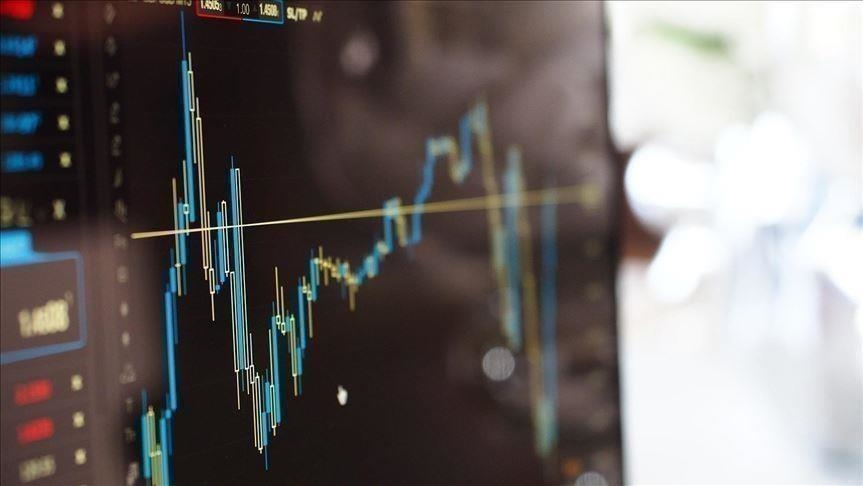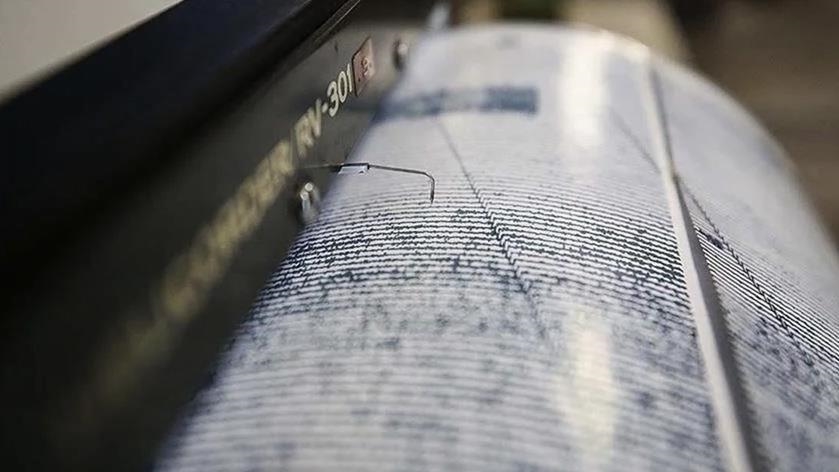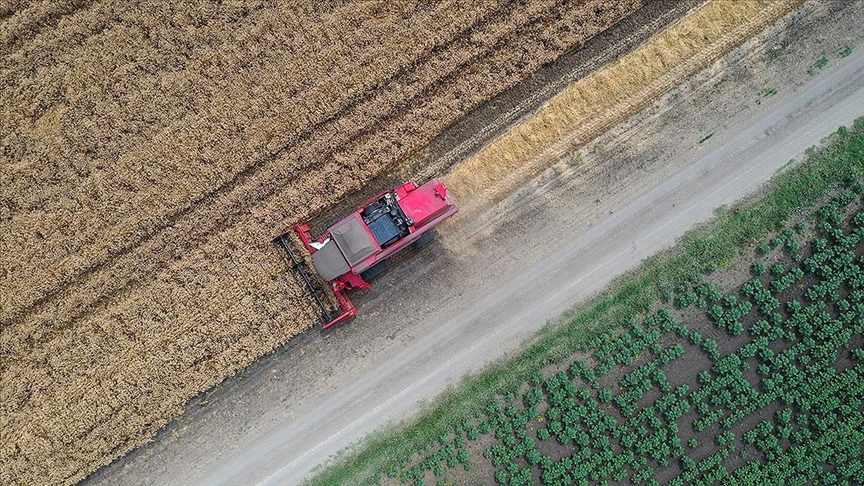Central banks struggle to tame high inflation
ISTANBUL
Central banks are looking to escape the high inflation swamp amid the ongoing Russia-Ukraine war and related issues, such as increasing energy and food prices.
The war that began Feb. 24 has disrupted the global economic recovery after two years of the coronavirus pandemic, triggering significant increases in the prices of commodities such as wheat, corn and sunflower seed oil.
Data from the UN’s Food and Agriculture Organization (FAO) in May showed food prices rose 22.9% annually, with 31.1% for vegetable oil, 29.7% for cereal, 16.9% for dairy, 15.4% for sugar and 13.6% for meat.
And energy prices continued to contribute to historically high levels of annual inflation.
A barrel of Brent crude oil was around $93 in January and hit $100 after the war began the following month. It hovered between $102 and $114 in May.
Natural gas on the New York Stock Exchange almost tripled in May, compared to the same month last year.
Central banks and economic institutions have been trying to dampen inflation amid the frightening price developments.
Inflation rates
The European Union’s annual inflation rate hit a historical high of 8.8% in May, up from 8.1% in April.
The rate was 8.1%, up from 7.4% in April, in the eurozone.
Among European countries, Estonia posted the highest annual inflation rate at 20.1%, followed by Lithuania at 18.5%, Latvia stood at 16.8%, Czechia with 15.2% and Bulgaria came in at 13.4%.
The lowest in the EU were in Malta and France at 5.8% apiece, and Finland at 7.1%.
Among major European economies, Germany posted its highest inflation rates since 1974 at 7.9%, while France’s rate was its highest since September 1985.
Italy’s was its highest since November 1990.
Other European countries also posted historical high rates, such as Belgium at a 40-year-high and Portugal soaring to a 29-year-high.
The UK posted a huge inflation rate in May at 9.1%, the highest in the last 40 years.
In the US, consumer prices increased 8.6% in May on an annual basis, the highest increase since December 1981.
The annual inflation rate in Canada was 7.7%.
In Asia, China posted an annual inflation rate of 2.1% in May, while the rate was 7.04% in India and 2.5% in Japan.
Singapore’s annual core inflation rate was 3.6% in May, its highest since December 2008.
The annual inflation rate was 17.1% in Russia last month and 18% in Ukraine.
Türkiye’s was 73.5% in May.
Measures
The US Federal Reserve raised its benchmark interest rate by 75 basis points in May, its biggest rate hike in 28 years, to raise the target range for the federal funds rate to 1.5% – 1.75%.
The Bank of England raised rates for the fifth consecutive month to 1.25%, from 1%, in May.
The Bank of Canada raised its policy interest rate by 50 basis points.
Australia’s central bank raised the cash rate by 50 basis points to 85.
Norway’s central bank raised rates by 50 basis points, marking the biggest single rate hike since 2002.
But some banks decided to keep rates unchanged such as Türkiye, Japan and the European Central Bank.
Despite expectations, the European Central Bank kept interest rates constant but gave a strong signal of a rate hike in July.
Japan’s central bank decided to maintain its ultra-low interest rates, at minus 0.1% for short-term and 0% for the long-term.
The Turkish Central Bank kept its one-week repo rate unchanged at 14% in line with market expectations.
Meanwhile, Russia’s central bank cut its key interest rate by 150 basis points to 9.5%.
Anadolu Agency website contains only a portion of the news stories offered to subscribers in the AA News Broadcasting System (HAS), and in summarized form. Please contact us for subscription options.




